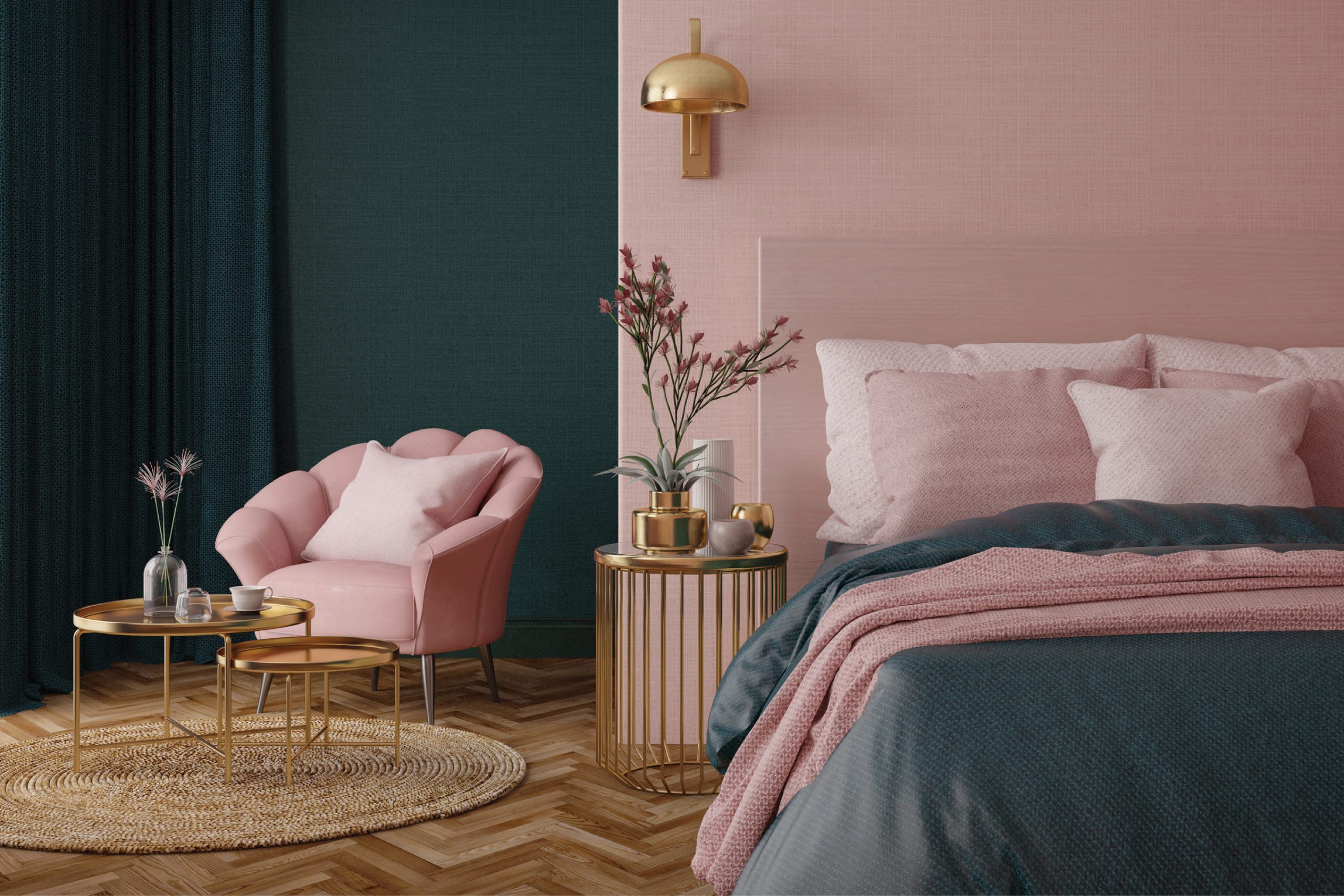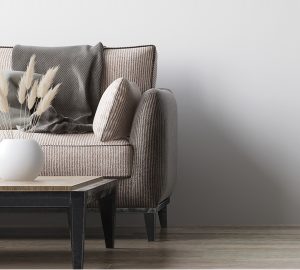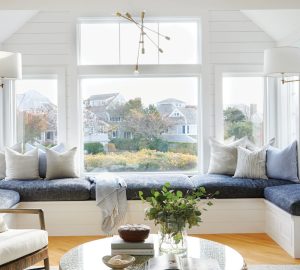Nothing epitomizes old school glamor quite like Art Deco. The design style first emerged in Paris in the 1910s, and throughout the ’20s and ’30s, it spread across the globe, captivating the world with its luxurious materials, sensuous contours, repeating patterns and bold colors. While the ornamentation of Art Deco fell out of a favor with the rise of midcentury modern design following World War II, you can still use elements of the timeless style to add a bit of flair to any part of your home.
the hallmarks of art deco design
The innovation of the early 20th century influences much of what makes Art Deco design unique. It is inspired by everything from the technological progress of the day to rising art movements like Cubism to the increase of tourism to places, such as Egypt. The result is a bold style full of fluid, symmetrical and angular patterns.
- Geometric patterns
- Sunbursts
- Sweeping curves
- Gold or brass details
- Upscale upholstery, such as velvet
- Chrome, glass and stainless steel
- Deep jewel tones
- Herringbone or parquet wood floors
- Black-and-white tile
how to introduce it in your home
Art Deco is all about making a big statement. While you may not want to turn your entire home into a Great Gatsby-inspired spectacle, the design can pair with many other styles, adding some visual interest and luxury.
- Pair a statement piece in a bold yellow, green or pink with gold, silver, chrome or black accents.
- Opt for furniture that is large in scale and streamlined. Much of Art Deco furnishing lacks intricate detailing or frills.
- Avoid floral or plaid patterns. Instead, choose textiles with geometric designs or animal prints, especially zebra.
- If patterned flooring like parquet or tile isn’t an option, add a rug with a geometric pattern.
- Pick a statement light piece. Art Deco often uses aerodynamic lines and elongated silhouettes that echo the skyscrapers in city skylines.








